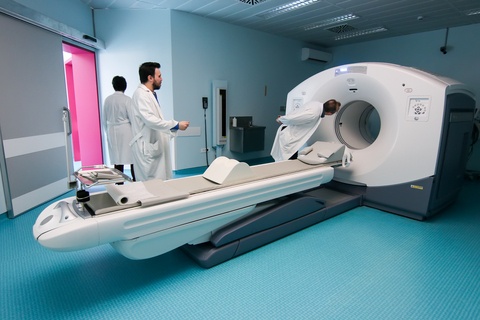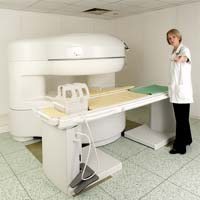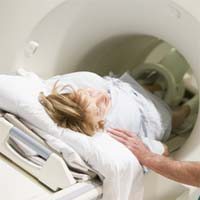Meet FLT PET: A New Hope for Mesothelioma Patients
There’s a new tool called F18-Fluorothymidine (FLT) PET. It takes pictures inside the body and focuses on how the cancer cells are growing. A more traditional tool, FDG PET, has been used for a while. A study in the Journal of Medical Imaging and Radiation Oncology compared these tools. They wanted to see which tool, FDG PET or FLT PET, could tell doctors more about how well the treatment was working. Understanding Tools That Help Mesothelioma Patients Mesothelioma is a rare cancer that affects the lining of the lungs, heart, or abdomen. It is often caused by exposure to asbestos, a harmful mineral that was used in construction and other industries. Due to its aggressive nature, mesothelioma can be hard…




